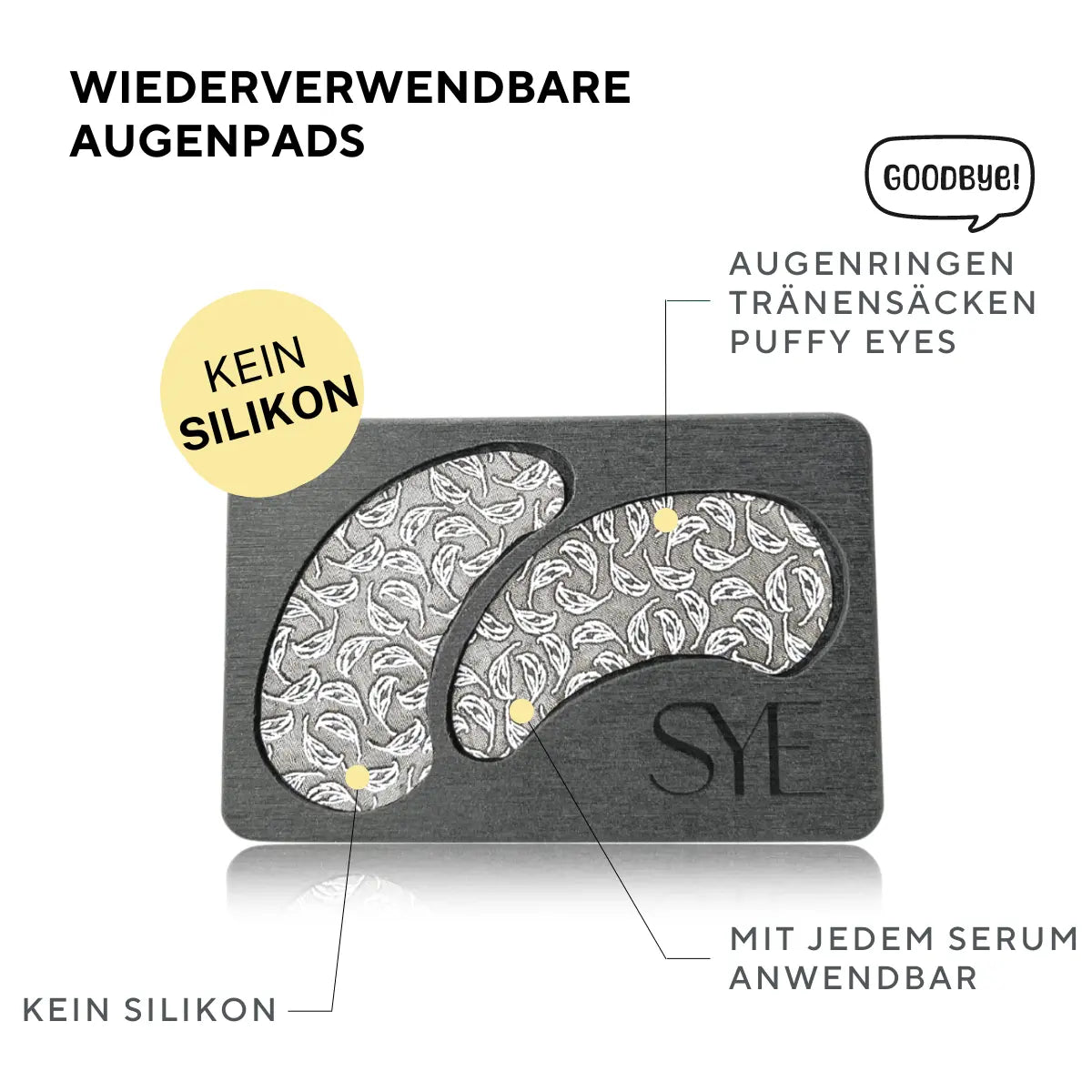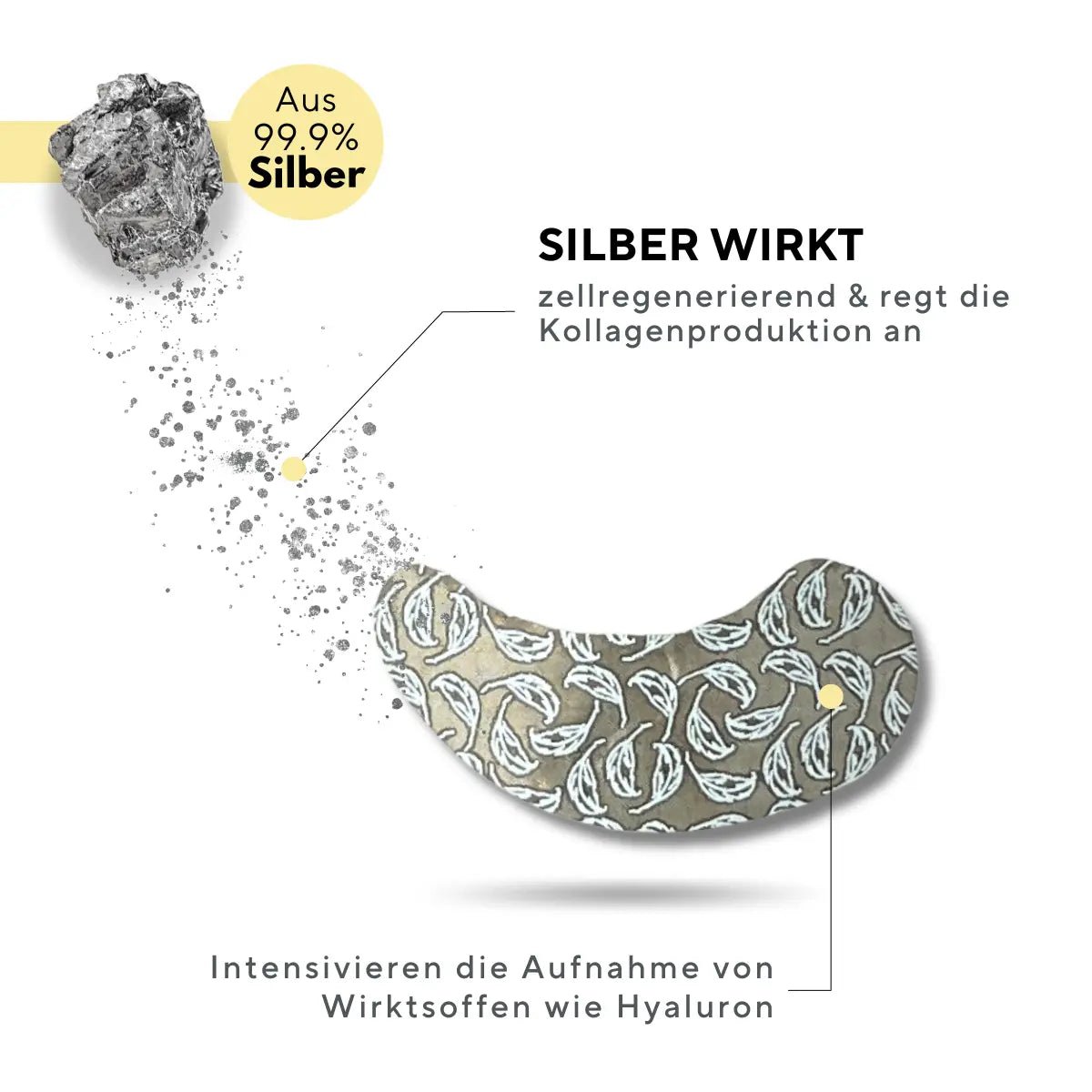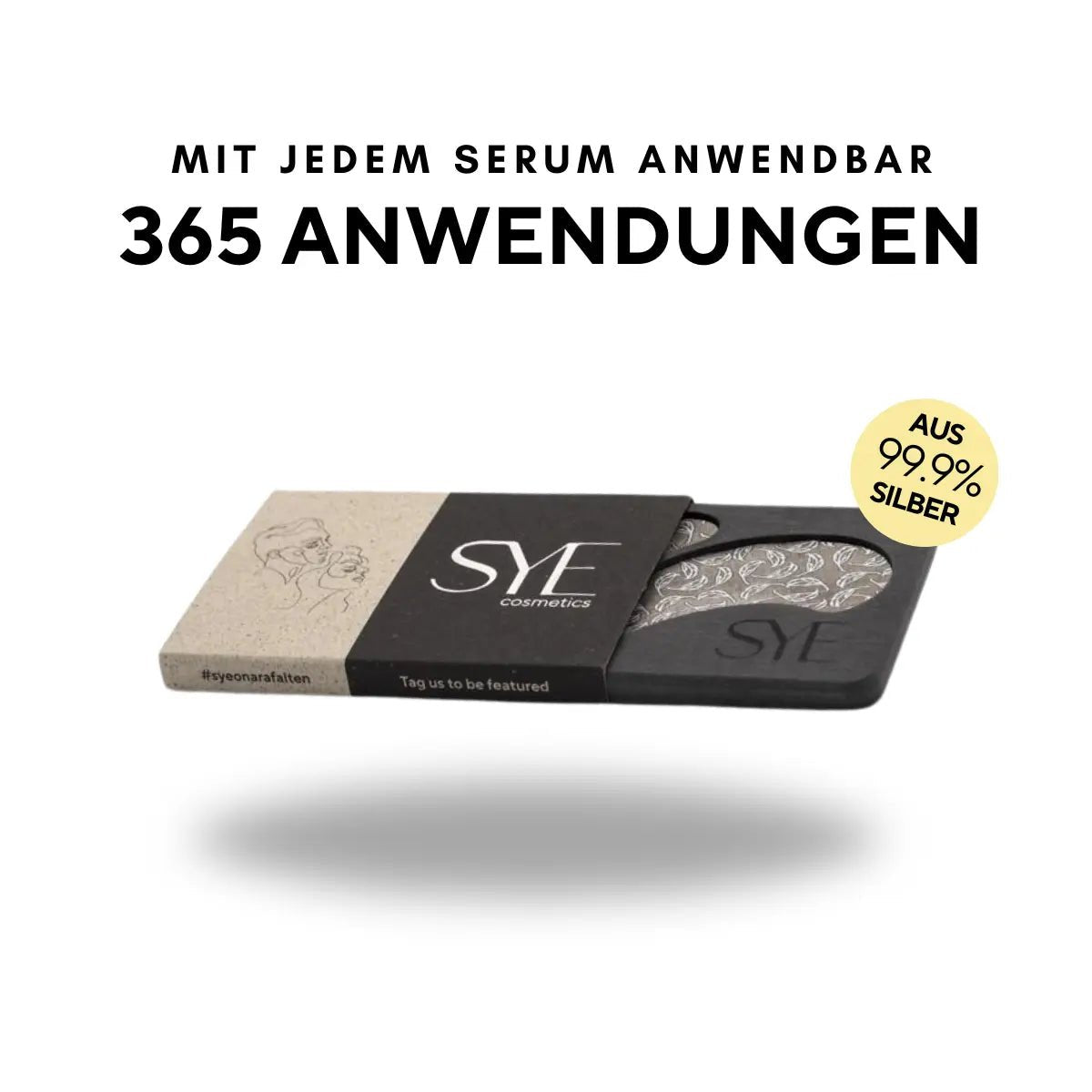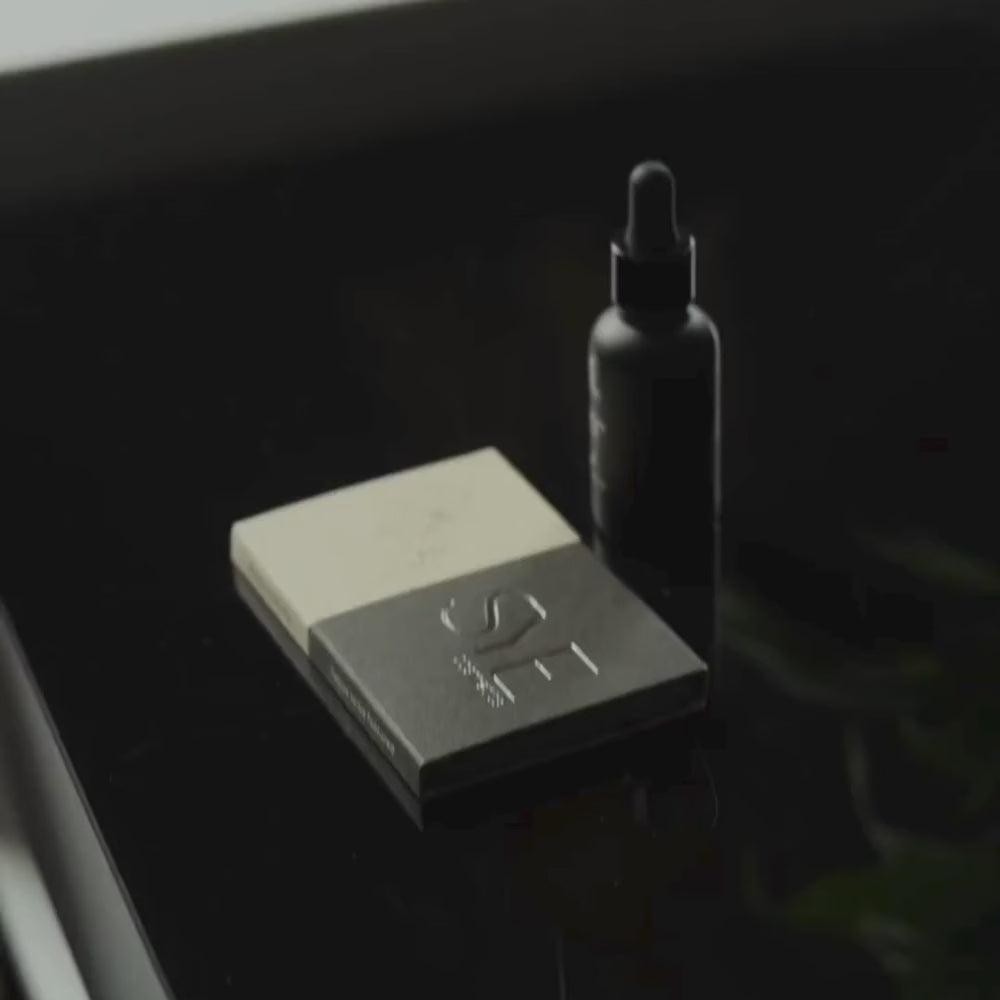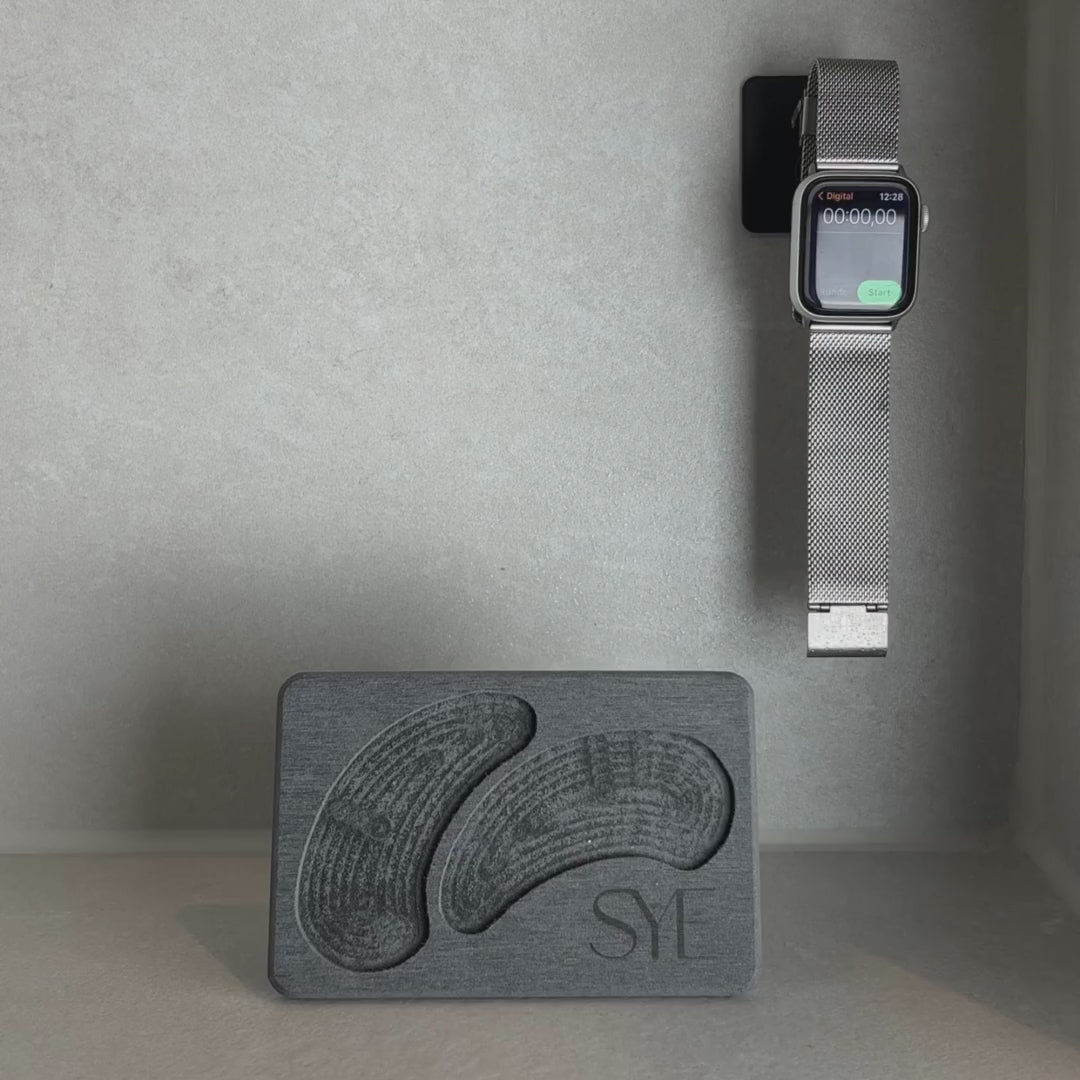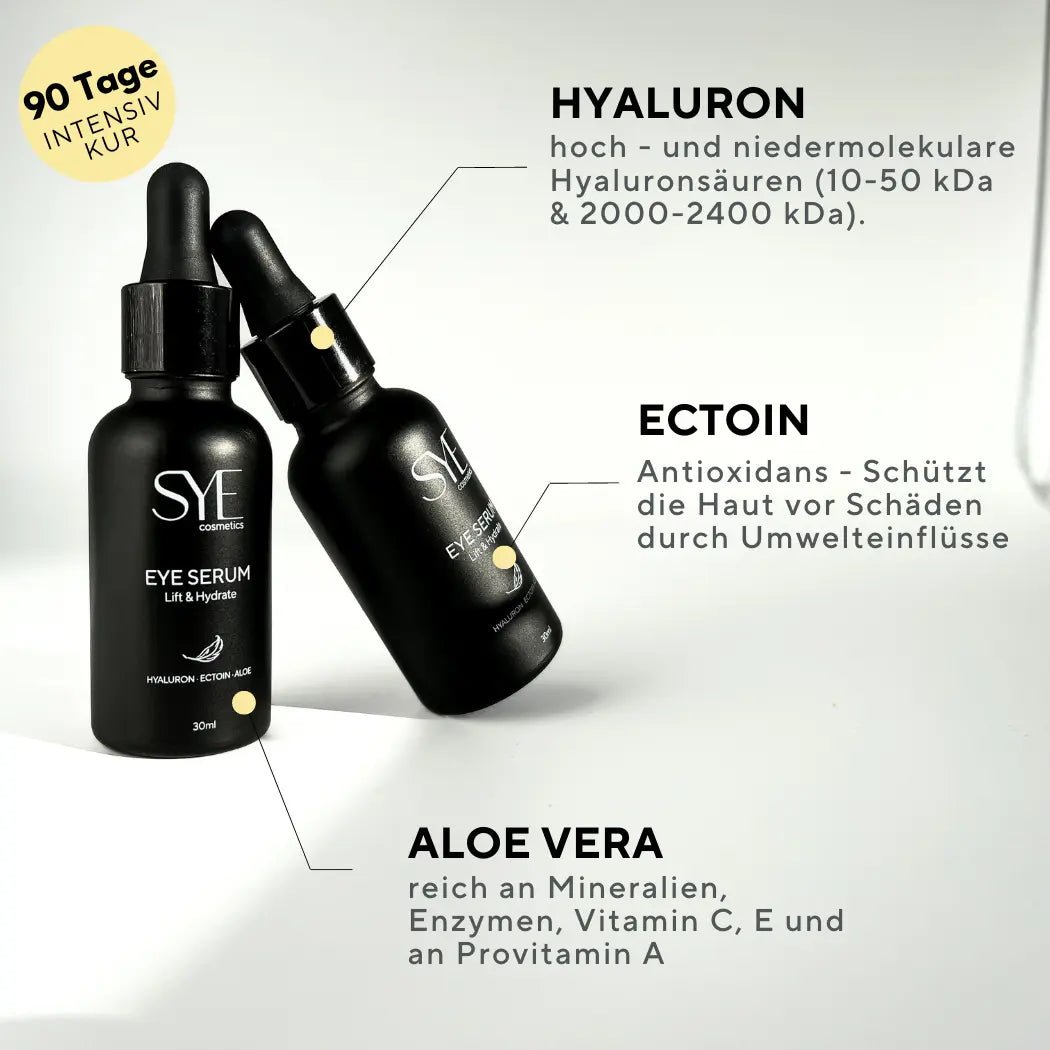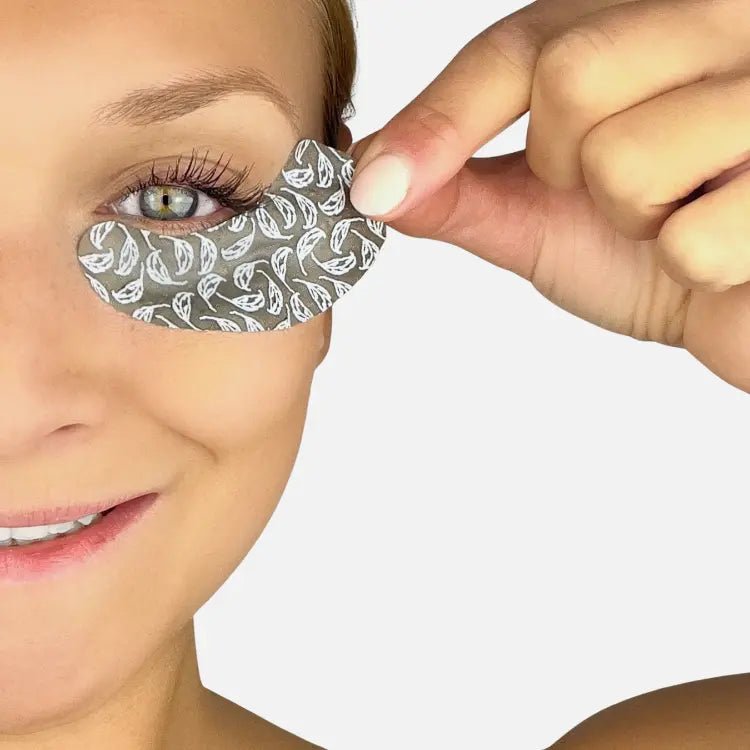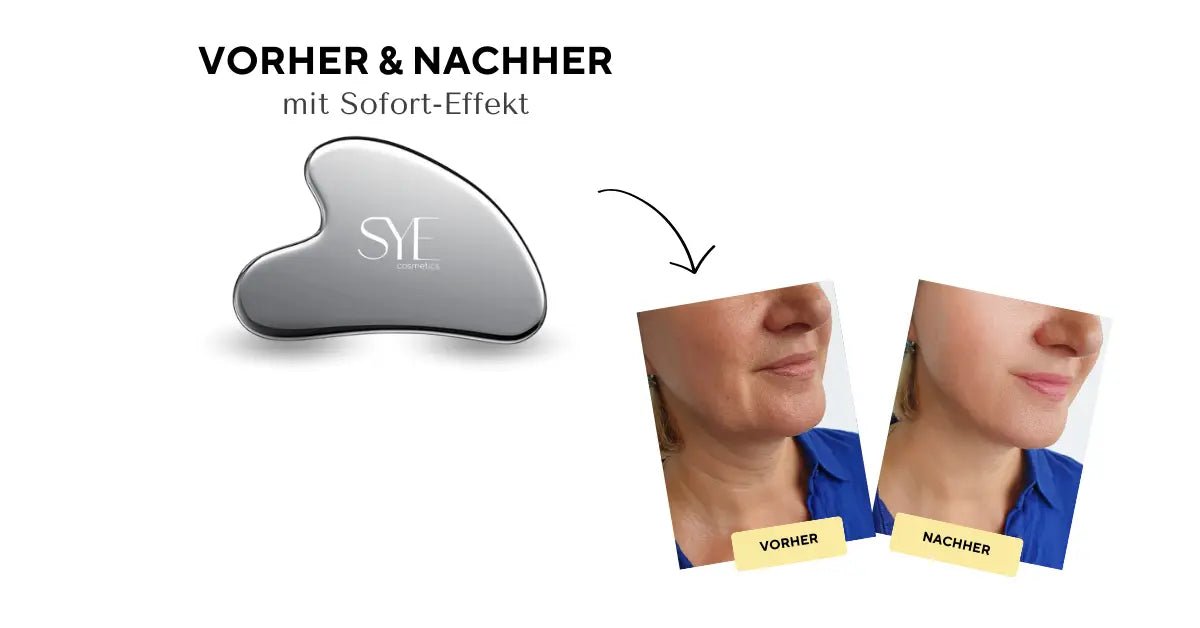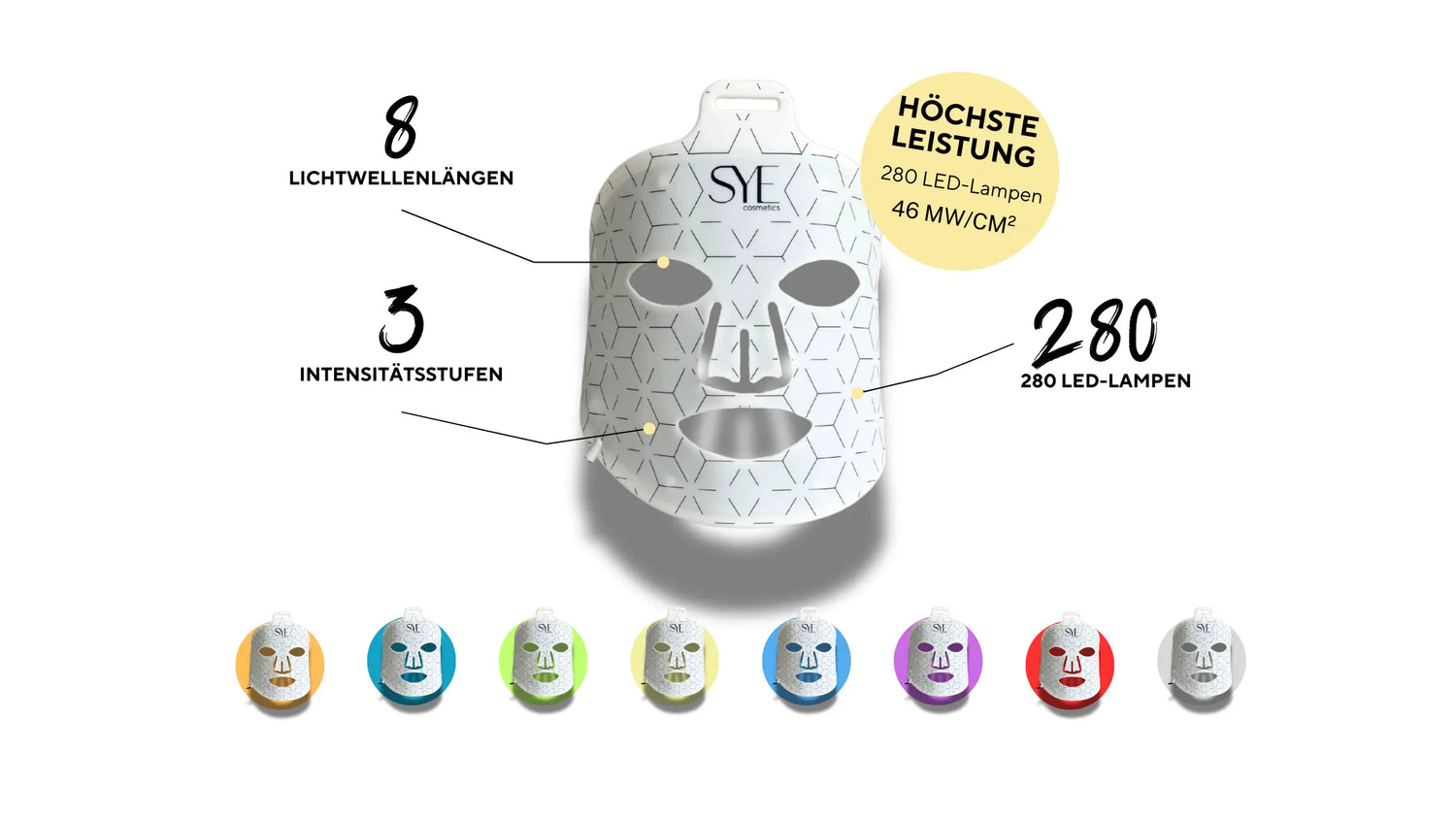Hyaluron is a natural active ingredient found in our body and is responsible for maintaining healthy skin. It is used in the cosmetics industry as a moisturizer and has become a popular ingredient in anti-aging products .
In this article we will look at what hyaluronic acid is, what benefits it has for our skin and in which cosmetic products we can find it.
What is hyaluronic acid?
Hyaluronic acid is a naturally occurring polysaccharide that is found in our body primarily in the skin, but also in the joints and eyes. The substance has the property of being able to bind large amounts of moisture - up to 1000 times its weight!
Due to this property, hyaluronic acid has a very hydrating and cushioning effect. It is therefore often used in cosmetic products to make the skin appear smoother and firmer. But doctors also rely on hyaluronic acid for other complaints, e.g. in the treatment of joint pain such as arthrosis.
Where does hyaluronic acid come from?
Hyaluronic acid is an endogenous substance that makes up around 50-60% of our connective tissue. It is found in our cartilage and joints as well as in our skin, among other things. There it serves as a buffer zone and padding. Due to its high water-binding power, hyaluronic acid plays a crucial role in skin hydration . With an optimal supply of hyaluronic acid, the skin is perfectly moisturized from the inside and appears plump and firm.
What does hyaluronic acid do in cosmetics?
Hyaluronic acid has become a true cosmetics star in recent years. The so-called super acid originally comes from dermatology and has been used successfully against wrinkles for many years. In the meantime, however, it has also made the leap into the cosmetics industry and is contained in more and more face care products, hair care products and make-up products. But what does hyaluronic acid actually do in cosmetics? It not only binds water, but also regulates the skin's moisture content and thus ensures a youthful appearance as well as a plump and firm skin structure. The acid also has antioxidant properties, so it protects the skin from environmental influences such as solar radiation or drying out due to wind and weather.
How is hyaluronic acid used?
Hyaluronic acid can be applied both in the form of injections and topically in creams and gels . During the injection, the hyaluronic acid is injected directly into the affected tissue, which means that an immediate effect can be achieved. External use, on the other hand, is a little slower, as the hyaluronic acid first has to penetrate the skin barrier before it can develop its full effect. The use of hyaluronic acid is primarily aimed at people who suffer from dry skin.
It is important to pay attention to the right combination of high-molecular hyaluronic acid and low-molecular hyaluronic acid. The smaller the molecules (low-molecular), the better they penetrate deep into the skin and can thus better develop a long-term effect . The high-molecular hyaluronic acid, on the other hand, tends to remain on the surface of the skin and thus keeps this layer moist and supple.
By storing moisture, the skin can become supple and elastic again with the help of hyaluronic acid. Hyaluronic acid has also proven itself in the treatment of wrinkles, as its volume-enhancing effect can pad deep wrinkles and thus optically reduce them.














